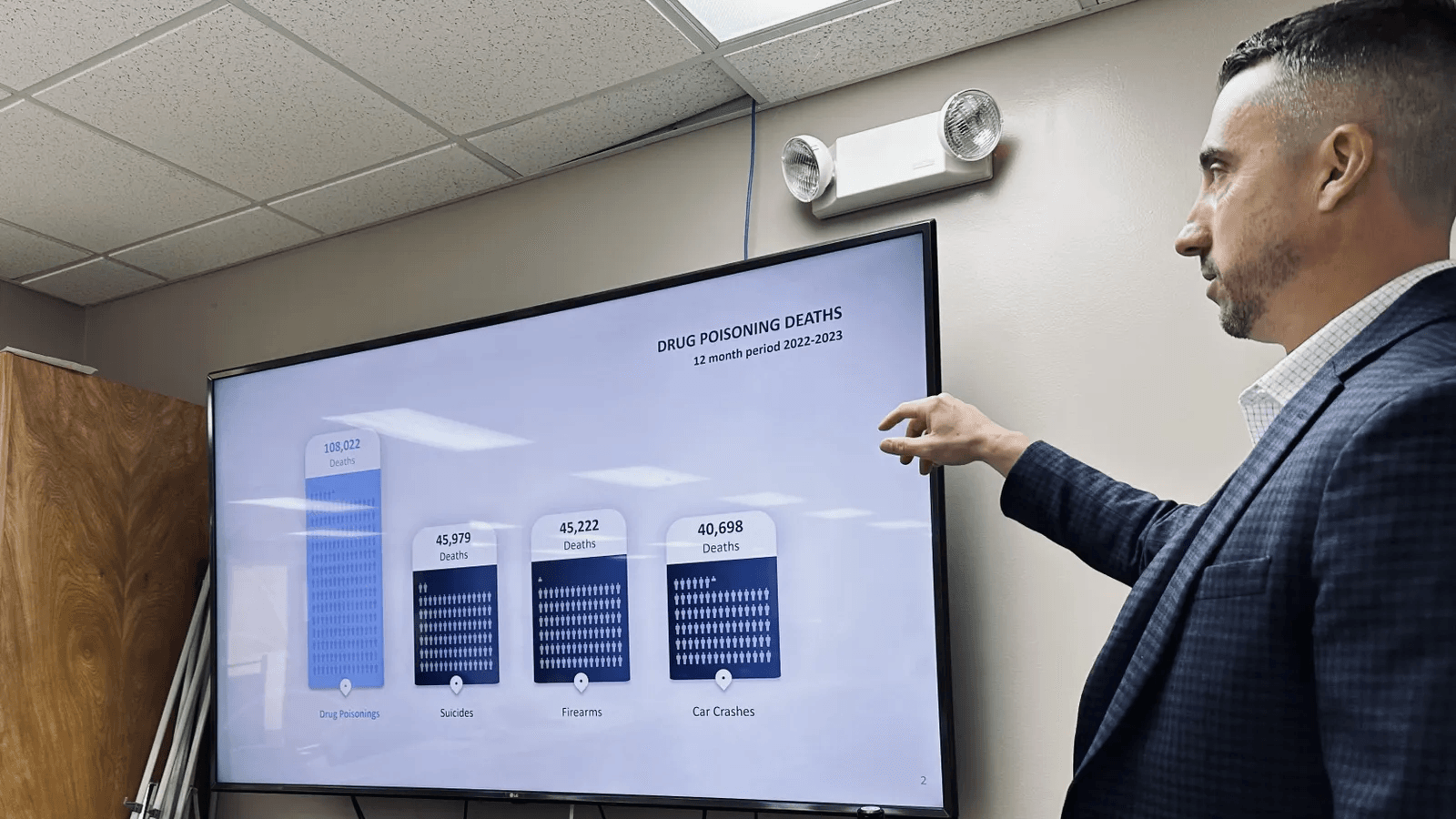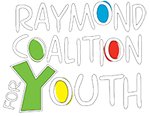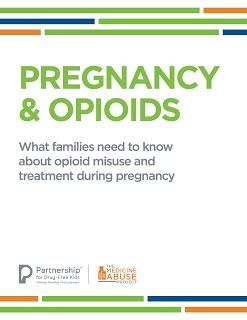Get Help! If you or someone you know is in trouble with alcohol or drugs, get help. Don’t wait. You are not alone.
Visit our Community Resources Page as well as our Treatment and Recovery Page
January 2025
Emerging Global Synthetic Opioid Threat: Increasing Reports of Nitazene Toxicity
Faces of Fentanyl
The Drug Enforcement Administration (DEA) has created a special exhibit, The Faces of Fentanyl, to commemorate the lives lost from fentanyl poisoning. If you would like to submit a photo of a loved one lost to fentanyl, to learn more or to submit a photograph for DEA’s consideration you can click here or post a photo and their name to social media using the hashtag #JustKNOW.
Fentanyl and Counterfeit Pills - Information and resouces
Please note there is information on this page, as well as others on our site, including the Meth and Other Drugs page. It is important to note that illegally manufactured counterfeit prescription drugs 'look alike pills' are currently being manufactured with a mixture of different drugs that may include fentanyl or meth. There has also been reports of fentanyl being mixed into cocaine and marijuana. Please use the resources below and on our other pages to learn more. We encourage you to talk with the people you care about and share this information. Awareness is prevention and prevention saves lives.
Provided below are some additional resources, including a couple from DEA and Facing Fentanyl Now:
One Pill Can Kill: Visit here.
Counterfeit Pills Fact Sheet Visit here
Facing Fentanyl: Visit here.
Fentanyl Facts: Visit here
Protect yourself from the dangers of fentanyl: Protect yourself from the dangers of fentanyl YouTube video
Operation Prevention School Resources: Visit here
Parent and Caregiver resources: Visit here:
Resources to reduce stigma: Visit here
Powerful Video that speaks to the dangers of fentanyl poisonings Dead on Arrival
Article from the Washington Post , May 26,2024, Fentanyl is fueling a record number of young drug deaths
"Fentanyl, a pervasive killer in America’s illicit drug supply, is increasingly landing in the hands of teens across the region and nation, worrying providers who say treatment options for youths are limited. Across the country, fentanyl has largely fueled a more than doubling of overdose deaths among children ages 12 to 17 since the start of the pandemic, according to a Washington Post analysis of Centers for Disease Control and Prevention data released this month"

Heroin - the facts:
Heroin is a white to dark brown powder or tar-like substance.
This highly addictive drug is made from morphine, a substance from the opium poppy that quickly enters the brain. It affects the brain’s pleasure systems and interferes with the ability to perceive pain.
Heroin can be used in many ways. Snorting (popular with new users), injecting into a vein (“mainlining”) or into a muscle, smoked in a pipe or water pipe, mixed in a marijuana joint or regular cigarette, and inhaled as smoke through a straw.
Heroin is super-addictive. Any method of use – snorting, smoking, swallowing, or injecting the drug can lead to mental and physical addiction. Breaking the habit is extremely difficult, but possible.
Heroin use can have tragic and deadly consequences. It slows the way you think and react and dulls your memory. The strength of heroin varies and other substances are added to it making it unpredictable and deadly. A fatal overdose can happen even when first used. Other health risks from using heroin include HIV, hepatitis B and C, and other diseases.
Signs of heroin use. A person might appear drowsy (“nodding”), have nausea, impaired mental functioning, slowed down respiration, and constricted pupils. Signs of an overdose are shallow breathing, pinpoint pupils, clammy skin, convulsions and coma. Overdoses can be fatal, but appropriate medications can reverse the overdose. Immediate medical treatment saves lives.
Prolonged heroin abuse can cause serious health conditions. Collapsed veins, infection of the heart, abscesses, pneumonia, liver disease, infectious diseases and/or a fatal overdose can happen.
Treatment works and recovery is possible. Methadone, buprenorphine, and naltrexone are all FDA approved medications for the treatment of opioid use disorders. In addition, peer support groups are very helpful for people suffering from addictions.
For help and more information, visit: www.drugfreeNH.org
Online links for Opioid Facts:
2018 SAMHSA Opioid Overdose Prevention Toolkit (Revised: June 2018)
Prescription Pain Pills – Patient/Caregiver Education
Millions of Americans take opioid drugs routinely for pain relief. While effective painkillers, they can also be dangerous and addictive. Learn more about your prescription and how you can stay safe.
Opioid Information from the Northern New England Poison Center.
Information for People Using Pain Pills or Other Opioids - a great page with thorough resources from the Connecticut Poison Control Center.
We want to get the message into our community that it is here, we need to acknowledge it and work together to address it. We have put on two forums to raise awareness in Raymond and our surrounding communities. The individuals who share their stories are from Raymond and surrounding communities. They are brave enough to tell their stories because they want to help others and be a part of the solution to make a difference. The taped videos are available via your computer, thanks to Raymond Community TV.
Is there a young woman in your life who is pregnant and misusing or addicted to opioids? Perhaps it’s your daughter or granddaughter, your son’s girlfriend or wife, a niece or a friend. Here you’ll find information to help her have a healthy pregnancy and a healthy baby.


